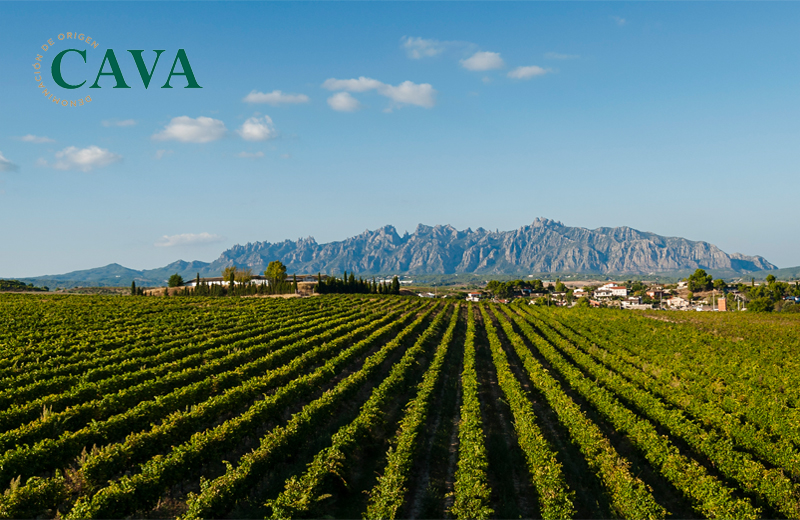
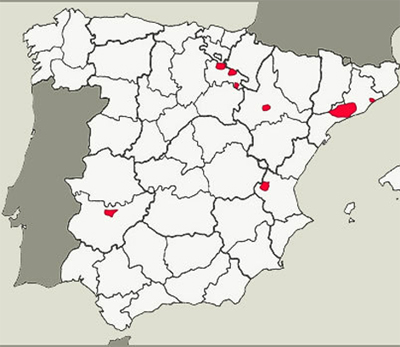
The origin of Cava is found in the splendour of Catalan winemaking during the mid-nineteenth century. Today, it is one of the most dynamic and prosperous sectors of Catalan winemaking and each year produces over 240 million bottles, which are sent to consumers worldwide.
HISTORY
The origin of Cava is associated to the splendour of Catalan viticulture by mid XIXth century. The studies of microbiology carried out by Louis Pasteur applied to wine, involved a control of the second fermentation in the bottle and the discovery of cork allowed to avoid the losing of bubbles produced in the wine. The Champenoise or traditional method was born this way.
In the XIXth century some families from Sant Sadurní d’Anoia started to investigate that new technique of elaboration applied to vineyards on the area, as a result of their studies and attempts related to the prestigious Institut Agrícola Català de Sant Isidre. Cava was born consequently achieving its own peculiar identity different from any other sparkling wine of quality.
CLIMA
Diverse, it is produced in mani regions: Aragón, Castilla y león, Cataluña, Extremadura, Navarra, País Vasco Valencia and La Rioja.
GEOGRAPHY
The “Cava Region” comprises 156 municipa-lities of which 132 are located in Catalonia. The municipality of Sant Sadurní d’Anoia is the nucleus and origin of this region and its life-giving force.
Particularly noteworthy is the concentration in the Alt Penedès, where all the municipalities have wineries registered in the Denomination of Origin, where the Regulatory Council headquarters are located in Vilafranca del Penedès and where the historical capital of the cellar in Sant Sadurní d'Anoia is located, which it concentrates 76 wineries with 75% of the total production.
| Varieties of white grapes | Macabeo (Viura), Xarel.lo, Parellada, Malvasía (Subirat Parent) and Chardonnay. |
| Varieties of red grapes | Garnacha tinta, Monastrell, Pinot Noir and Trepat. |
CAVAS
Cava is unique and different from any other quality sparkling wine.
Although it is made from several varieties, there are three main white grape types: Macabeu, Xarel·lo and Parellada, and it should be added others with proven enological aptitude such as Chardonnay, Malvasia, Pinot Noir, Garnatxa negra, Monastrell and Trepat are added. Trepat is only authorised for making rosé Cava.
Cava’s differential personality and characteristics are the result of the nature of the soil, the variety of grape, and the land in which it is made, yet most of all, Cava is one of humanity’s masterpieces.
Cava has different names, depending on the amount of sugar it contains. These are:
| Brut nature | No sugar is added |
| Extra brut | Up to 6 grams of sugar per litre |
| Brut | Up to 12 grams of sugar per litre |
| Extraseco | From 12 to 17 grams of sugar per litre |
| Seco | From 17 to 32 grams of sugar per litre |
| Semiseco | From 32 to 50 grams of sugar per litre |
| Dulce | Over 50 grams |
FEATURED CAVAS
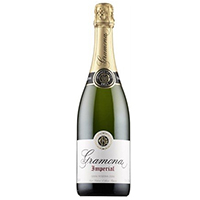
Brut Gramona Imperial
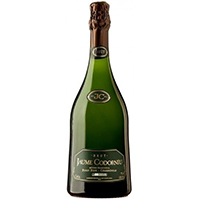
Brut Jaume Codorniu
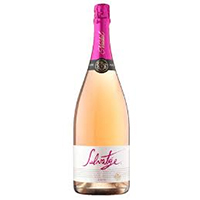
Nadal Salvatge Rosé Brut Reserva
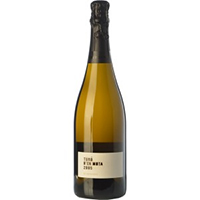
Recaredo Turó d'en Mota
COUNCIL REGULATOR
